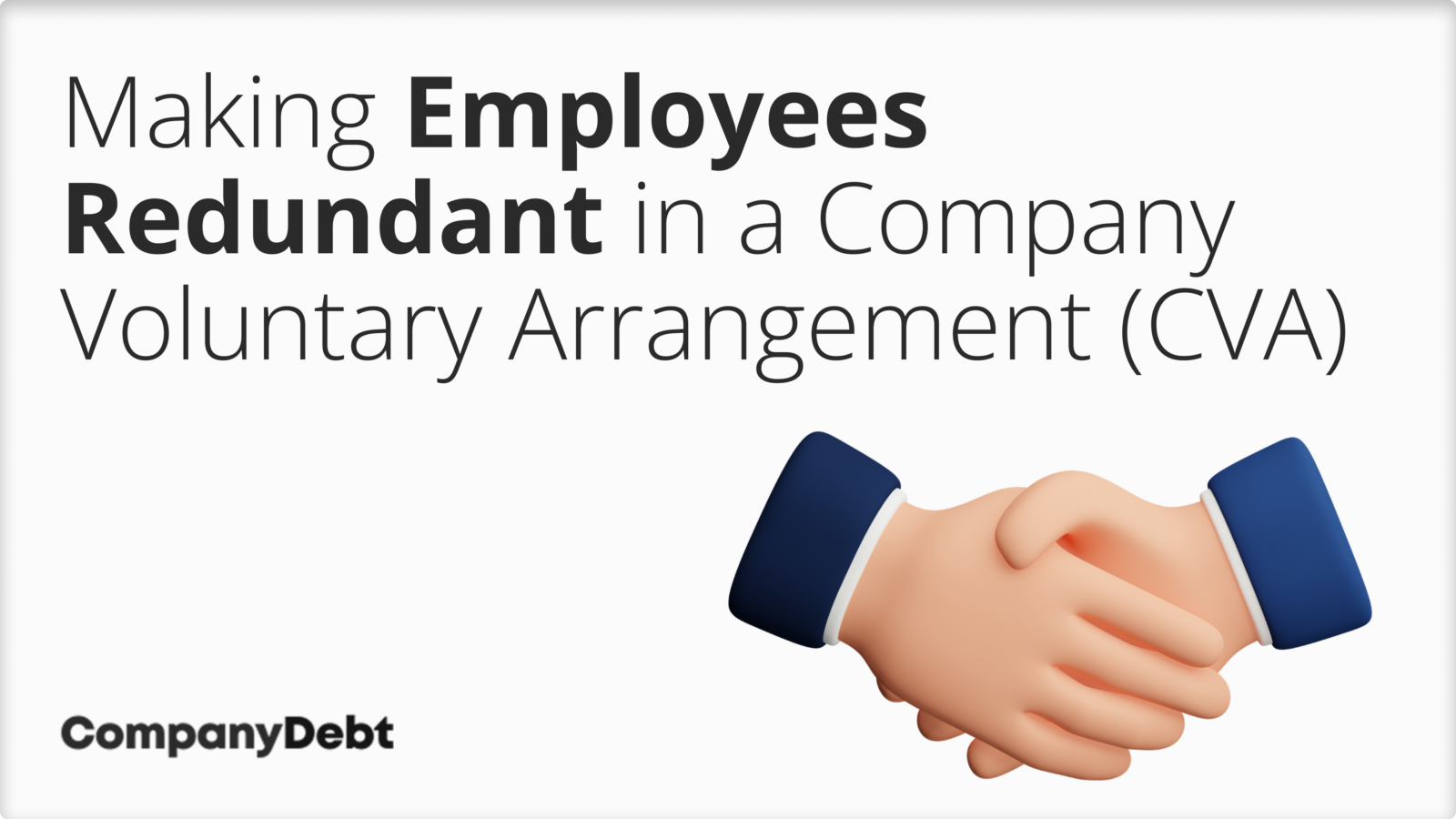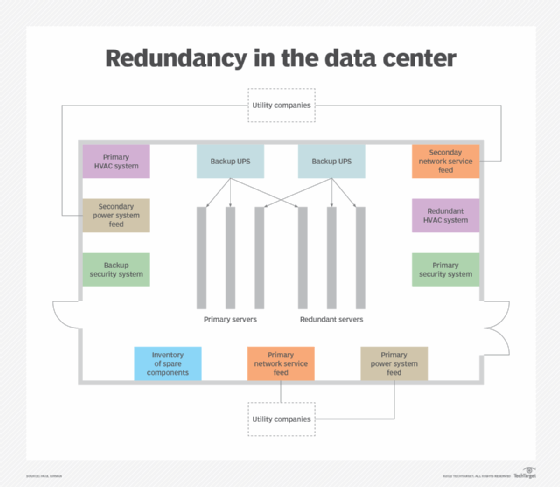Small Business Closing Employee Rights UK: What You Need to Know About Redundancy
Small Business Closing Employee Rights UK: What You Need to Know About Redundancy
Blog Article
Exploring the Operational Characteristics of Company Redundancy and Its Long-Term Sustainability

Redundancy Methods for Service Connection
In order to ensure undisturbed operations, companies must execute effective redundancy techniques for company continuity. Redundancy in this context refers to the duplication of important parts or features within a system to minimize the impact of possible failings. By including redundancy methods, companies can enhance their durability versus disturbances triggered by various factors such as natural disasters, tools failings, or cyber-attacks.
One common redundancy approach is the application of backup systems and data storage remedies. This entails creating duplicates of necessary data and systems that can be activated in instance of a primary system failing. Additionally, organizations can develop repetitive interaction networks and source of power to preserve connectivity and procedures during unpredicted events.
Furthermore, cross-training staff members to do multiple functions within the firm can work as a beneficial redundancy strategy. This ensures that essential jobs can still be accomplished even if crucial employees are inaccessible due to illness or various other factors. Overall, effective redundancy strategies are essential for companies to copyright operational continuity and decrease the effect of prospective disturbances.
Effect of Redundancy on Organizational Resilience
Given the essential duty redundancy strategies play in making certain business continuity, checking out the effect of redundancy on business strength comes to be critical for understanding the alternative operational dynamics of a company. Organizational resilience describes an entity's capacity to adjust to interruptions, recuperate from setbacks, and change when necessary while maintaining core features. Redundancy, when tactically executed, can considerably add to enhancing an organization's durability despite unanticipated challenges. By having back-up systems, employees, or procedures in position, firms can much better stand up to shocks and continue procedures with marginal interruption.
Furthermore, redundancy can boost employee morale and confidence, knowing that there are contingency strategies in position to attend to unforeseen situations. This feeling of safety and security can lead to raised productivity and a much more positive job environment. Additionally, redundancy can cultivate development and creativity within a company as employees feel empowered to take calculated risks, recognizing that there is a safety net to sustain them in situation of failure. Your Domain Name On the whole, the influence of redundancy on business resilience is profound, forming the long-lasting sustainability and success of a firm.
Stabilizing Efficiency and Adaptability in Redundancy
Achieving an unified balance between functional efficiency and flexible flexibility is a critical difficulty in the calculated deployment of redundancy within companies. As well much flexibility without a strong functional structure can result in ineffectiveness and incongruity.
To balance effectiveness and adaptability in redundancy planning, companies should very carefully examine their operational demands, market dynamics, and critical goals. Executing lean methods can boost performance by getting rid of and streamlining procedures waste, while fostering a culture of adaptability and continuous renovation can boost adaptability. In addition, purchasing cross-training programs and robust communication channels can assist cultivate a versatile workforce with the ability of dealing with diverse tasks throughout durations of shift. Eventually, finding the right stability between efficiency and versatility is vital for building a sustainable and resistant organization in the face of unpredictability.
Long-Term Sustainability With Redundancy Preparation
To guarantee enduring practicality and security, companies have to tactically straighten their redundancy planning with lasting sustainability objectives, consequently integrating operational performance with adaptive adaptability. Business should watch redundancy not as a responsive service to instant troubles but as a proactive strategy for lasting success.

Proactive Measures for Sustainable Firm Workflow
How can firms proactively enhance their functional sustainability for long-term success? Implementing positive procedures is essential for companies aiming to ensure sustainable operations. One crucial technique is to spend in modern technology and innovation to streamline procedures, minimize waste, and stay affordable in the marketplace. Adopting lasting techniques such as decreasing energy consumption, reducing carbon impact, and maximizing resource application can not only benefit the environment but also result in set you back savings in the future.
In addition, fostering a culture of continual enhancement and knowing within the company can improve flexibility to changing market conditions and customer needs. Motivating worker involvement in decision-making processes and offering opportunities for specialist advancement can boost morale, productivity, and overall performance. Establishing clear goals, checking key performance indicators, and on a regular useful reference basis evaluating progression are essential elements of aggressive sustainability management.
Collaborating with providers, consumers, and other stakeholders to advertise sustainable methods throughout the supply chain can develop a causal sequence of positive influence - redundancy pay if company goes bust. By taking aggressive steps in the direction of operational sustainability, firms can develop durability, drive innovation, and protect their long-term success in an ever-evolving business landscape
Conclusion

In the world of organizational management, the tactical release of business redundancy stands as a pivotal yet complex technique that requires a delicate balance between operational performance and lasting viability. By dissecting the functional characteristics that underpin firm redundancy and assessing its wider implications for organizational durability and flexibility, a nuanced understanding of just how redundancy techniques can form the future trajectory of a business begins to unfold.Offered the important role redundancy techniques play try these out in ensuring service continuity, checking out the impact of redundancy on organizational strength comes to be imperative for understanding the alternative functional characteristics of a firm. In general, the impact of redundancy on organizational durability is extensive, shaping the long-term sustainability and success of a business.
In final thought, understanding the functional characteristics of company redundancy is essential for making sure long-term sustainability.
Report this page